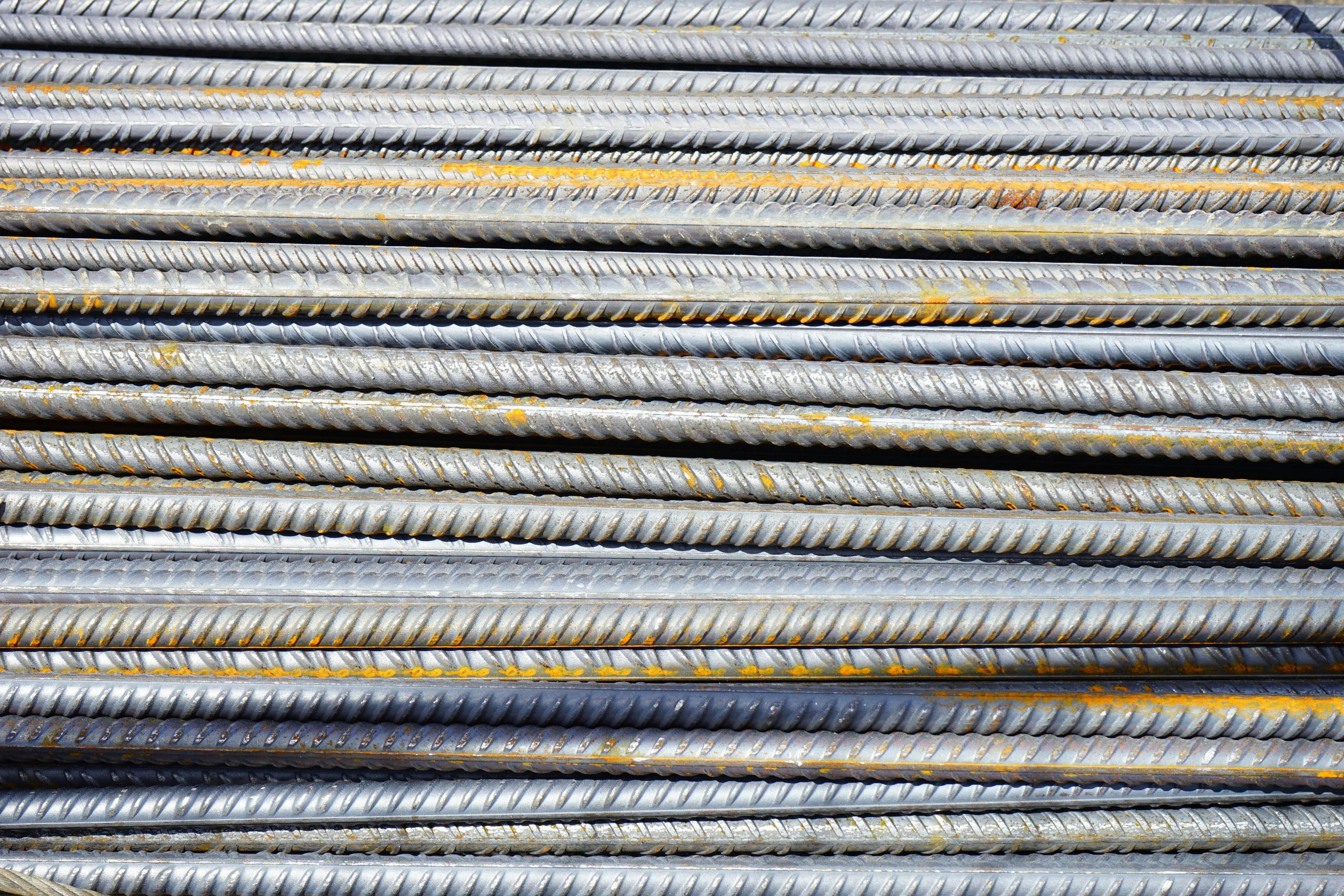- Maintenance and repair strategies are crucial for extending the service life of durable building components, ensuring longevity and reliability.
- The future of durable building components lies in material science innovations such as nanotechnology, 3D printing, and smart chemicals, promising enhanced durability.
- Sustainable design and building practices align environmental conservation with building longevity, proving that a building can be both eco-friendly and durable.
- Life cycle assessments are becoming a standard in the industry, evaluating the environmental impact and facilitating the creation of buildings with a smaller ecological footprint.
Durability is every architectural hallmark, from the ancient structures standing resolutely after millennia to the sleek high-rises of modern metropolises. In the present age, as engineers strive for sustainable urban ecosystems and resilient infrastructure, understanding the art and science behind crafting durable building components becomes imperative for builders and other professions. This comprehensive guide will unravel the layers of complexity that form the cornerstones of most robust structures.

Understanding Durability
When speaking about durability in the context of building components, one should refer to the ability of a material or structure to endure and perform for a specified, extended period. To achieve this intricacy of the construction process, durability must be understood.
Definition of Durability
Durability is the summation of various characteristics such as strength, resilience to environmental factors, resistance to wear, and stability over time. The composite ensures a structure not only stands but thrives in its intended environment.
Factors Affecting Durability
Material selection, environmental influences, design principles, and construction techniques create a durable edifice.
Material Selection and Design
The foundations of durability are laid with the initial choice of building materials. Each material offers a unique set of properties that, when leveraged through thoughtful engineering, lead to a component that can withstand the test of time.
Environmental Factors
Nature can be both a marvel and a menace. Seismic zones, hurricane-prone regions, or a harsh winter climate can all exert tremendous strain on a structure. Understanding and preemptively accounting for these forces in the design process are essential.
The Versatility of Metals
In a world where off-the-shelf may not meet the demanding specifications of a project, the artisan’s answer to creating building components is highly sturdy and flexible metals. Using reliable custom metal fabrication, metals can satisfy the ideal characteristics of the following construction materials.
Strength and Performance
Alloys and fabrication techniques can be tweaked to achieve a specific blend of strength, weight, and resistance tailored to the unique requirements of a building component.
Versatility in Form and Function
From the foundational columns that bear the building’s weight to the intricate cladding panels that weatherproof and insulate, custom fabrication empowers designers with endless possibilities.
The Art of Design for Durability
Art and science have always played hand-in-hand in the architectural realm. Regarding durability, the aesthetic flourishes must be as resilient as the structural supports.
Structural Considerations
The backbone of any durable design is its structural integrity. Load-bearing capacity, deflection under strain, and the potential for renovations are all vital in designing a component that can grow with its purpose.
ntegration with Building Envelope
The building envelope isn’t just the barrier between interior and exterior; it’s a shield against the elements. Proper integration ensures the component works synergistically with the envelope to maintain a stable, comfortable environment.
The Role of Aesthetics
The aesthetic appeal of a structure isn’t a sacrifice to durability; it’s an essential aspect. It influences the end-user’s perception and positively impacts long-term relationships with the built environment.
Construction Techniques for Durability
A blueprint is only as good as the hands that bring it to life. Construction techniques must reflect the same thoughtfulness that the design phase undertook.
Installation Methods
From the first pouring of concrete to the final welding of structural steel, following proper installation methods is critical to ensuring a component’s full potential is realized.
Quality Assurance and Inspection
The vigilant eye of quality assurance and regular inspections ensure that any process deviations are caught early and corrected. This validates the steps made at the planning stages.
Maintenance and Repair Strategies
Even the most durable of components need a little TLC. Establishing maintenance and repair strategies at the outset can significantly extend a building’s service life.

The Future of Durable Building Components
With an eye on the horizon and the foundations at the back, the following building development stands the test of time.
Advancements in Material Science
Nanotechnology, 3D printing, and smart chemicals are paving the way for new materials that could redefine durability.
Sustainable Design and Building Practices
Sustainability and durability are not at odds; they’re two sides of the same coin. The future of construction is in practices that support both the environment and the lifespan of a building.
Life Cycle Assessment and Building Longevity
Finally, a forward-looking industry will increasingly use life cycle assessments to measure building longevity. This approach considers the environmental impact of materials and processes, clarifying that what’s good for the planet is also good for the structure.
The interplay of the art and science behind crafting durable building components is a crucial juncture where the safety and strength of the different living spaces meet the aspirations of the architects and engineers. With every innovation and every discovery, buildings draw closer to the timeless structures that will one day shape not just the skylines but the fabric of future cities.




